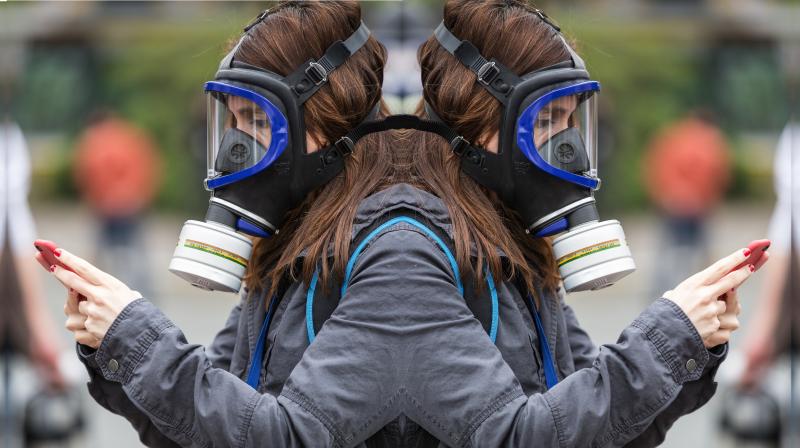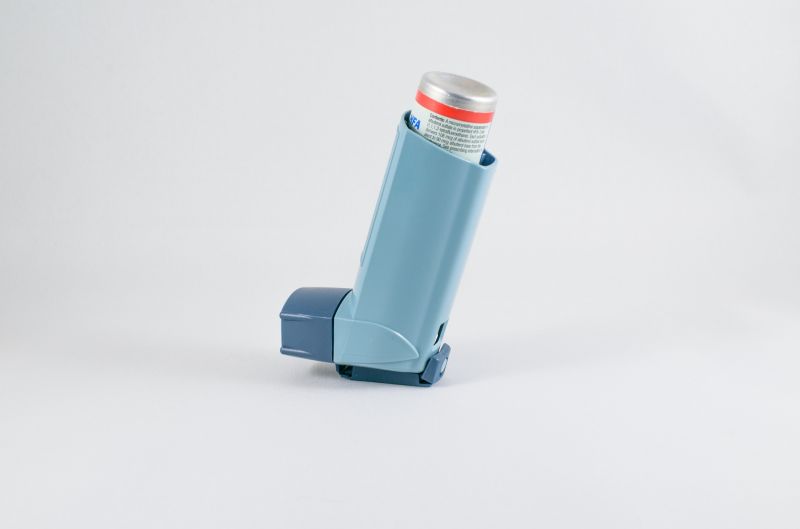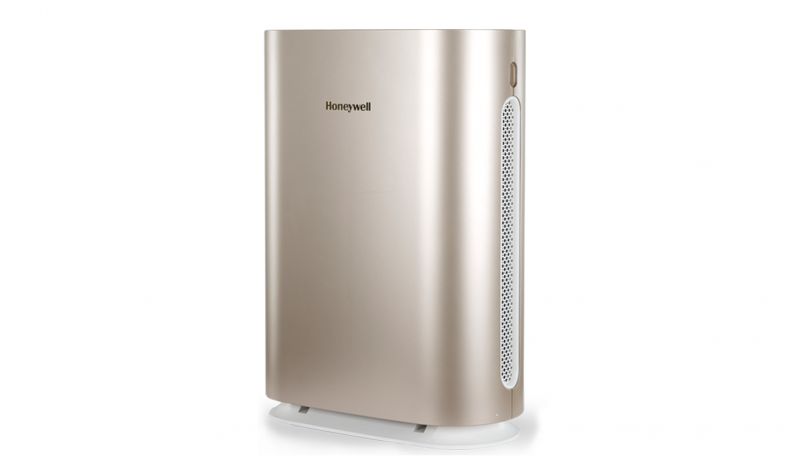Is your indoor air pure? Think again!

Travelling all over the country, there is not a single major city that you will come across where the problem of pollution is not apparent. The quality of air has become drastically bad in the last few years for some of the suburban cities like Delhi, Gurgaon. What adds to this furore is the fact that outdoor air pollution is visible to the naked eye and the pall of smog covering our skies cannot be ignored.
While it is true of outdoor pollution, an even bigger menace is indoor air pollution relevantly invisible to the eye. Not well-known, is a deeply concerning fact that indoor air can be up to ten times more polluted than outdoor, making you vulnerable to the polluted air even in the assumedly safe confines of your homes, offices or other commercial buildings.
A latest Global Burden of Disease study reveals that India accounts for a quarter of deaths caused worldwide by the two most chronic respiratory diseases, Chronic Obstructive Pulmonary Disease (COPD) and asthma. The study highlights that COPD is a group of lung conditions, including emphysema and chronic bronchitis, that cause breathing difficulties. The condition is largely caused by smoking and air pollution.
Since it is fairly established that air pollution (outdoor and indoor) is a serious problem, we should all be paying attention to it. However, with the lack of general awareness and misinformation, it is no wonder that people haven’t yet realised the gravity of the problem.
Let’s debunk some myths around air pollution – outdoor v/s indoors.
Myth: Air outdoors is more polluted than indoors
The truth is far from it! According to WHO, air pollution – both ambient (outdoor) and household (indoor) – is the biggest environmental risk to health, carrying responsibility for about one in every nine deaths annually and 1.3 million people in India die as a result of indoor air pollution. In fact, most of the recent studies have established indoor air pollution as a bigger threat to our health than outdoors. The closed structure of our homes and buildings restricts free flow of fresh air indoors, resulting in poor indoor air quality.
Myth: Wearing a surgical mask will protect you
PM stands for Particulate Matter while 2.5 refers to the size of the particles (2.5 microns or lesser) which is 30 times smaller than the width of a human hair, its tiny size makes it even harder to prevent it from entering the body. PM2.5 triggers asthma and worsens heart conditions, while causing a runny nose, sneezing and coughing. Anti-pollution air masks do little to protect against the inhalation of these tiny particles. Surgical masks won’t protect you at all.
Myth: Poor indoor air quality doesn’t harm you
Who would have thought that we are more at risk in the sanctuaries of our homes compared to outdoors? Indoor air pollution is up to five to ten times worse than outdoor air pollution. Poor indoor air quality can actually hurt your health in many ways. Sinus congestion, nausea, headaches, and shortness of breath are often the result of poor indoor air quality. A research by Dr. Haidong Kan of Fudan University in Shanghai, China, and colleagues, documents that long-term exposure to pollution causes stress hormones to spike and is associated with heart disease, stroke, diabetes, and a shorter life span. Concerning is that there is a growing number of people suffering from these symptoms, yet they do not realise the real cause of the problem.
Myth: Only people suffering from breathing ailments are affected
Bad air affects all. Even healthy people can develop physical symptoms associated with poor air quality. According to WHO, nearly 10 percent of the world’s asthmatics are in India. One way to confirm that the air inside your home is causing ailments such as headaches, nausea, sinus, is if the symptoms go away when you step outside the house. Many of the pollutants inside house triggers allergies and asthma, therefore an air purifier will help provide the relief and will reduce the possibility of getting infected by clearing out these pollutants.
Myth: Using air fresheners, incense sticks, and scented candles does not affect indoor air quality
One might be tempted to light an incense stick, burn a scented candle or use an air freshener when the air inside your home smells bad. But did you know that it is these products that contain harmful chemicals which are released in the air when burnt? Using these products on a daily practice lowers the air quality indoors exposing you and your family to long term health risks. The filtration technology of an air purifier helps eliminate more than 99 percent of these pollutants that pass through the filter.
Myth: Air Purifiers are not worth the investment
Selecting the right air purifier can be a daunting task as there are lot of products available today claiming to clean the air but do little to improve the indoor air quality. However, an air purifier with a quality High-Efficiency Particulate Air (HEPA) filter can contribute exponentially to improve the indoor air quality. Air purifiers work on filtration based technology and are extremely efficient in removing pollutants such as PM10, PM2.5, microscopic allergens, volatile organic compounds, pet hair, pet dander from the air inside a room. An air purifier is worth the investment!
It is a fact there is lagging awareness and regulation of health risks due to indoor air pollution, but, the good news is that our indoor environment is entirely controllable. While we cannot do much about outdoor air pollution apart from making some changes in our lifestyle, like increasing the use of public transportation or car-pooling, we can only wait for our actions to bring down the level of pollution. Having said that, the grave reality is that for our actions to take effect is going to be a long-drawn process over a couple of years and not immediate.
In today’s age, it is best to be well informed about the problem, its adverse effects on the health, look for alternate ways to resolve, and take advantage of the technology available to address this.
—by Sudhir Pillai, General Manager, Homes, Honeywell Home and Building Technologies, India.







